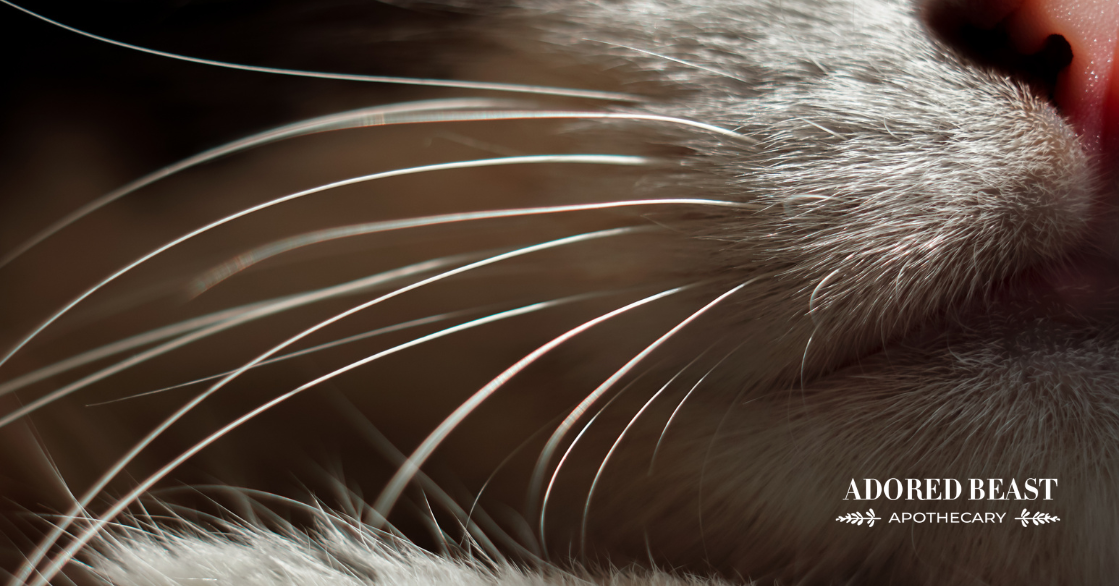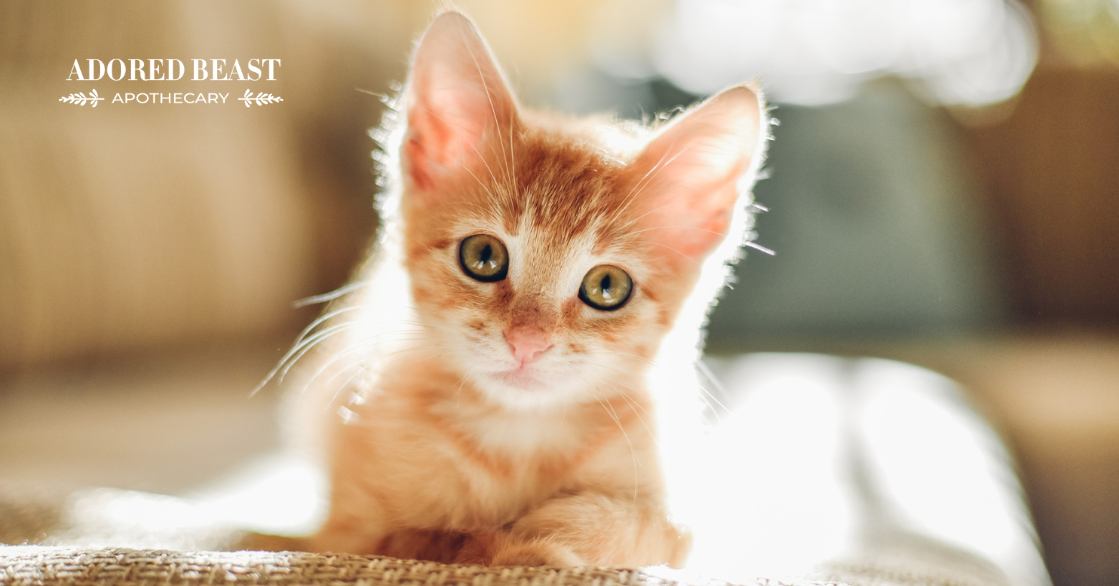Whiskers are one of the most iconic features of a cat. Long, elegant, twitchy — they give our feline friends a wise, mysterious air. But did you know those fancy face feelers are actually finely tuned sensory tools? Cat whiskers are so much more than stylish mustaches – they’re a built-in radar system that helps cats navigate their world with ninja-like precision.
Why do cats have whiskers? Let’s dive into the fascinating world of what they do, why they matter, and how you can help your kitty avoid a little-known issue called whisker fatigue.
Why Do Cats Have Whiskers? What Do Whiskers Do, Exactly?
Why do cats have whiskers? What function do they serve?
Whiskers – officially called vibrissae – aren’t just regular hairs. They’re deeply rooted in a cat’s skin and surrounded by a bundle of sensitive nerves that send detailed information straight to the brain. Think of them as tiny antennae constantly scanning the environment.
Here’s what they help cats do:
- Judge space and size: Ever seen a cat stare at a narrow opening like they’re doing math? That’s because they are – with their whiskers. The width of a cat’s whiskers roughly matches the width of their body (not counting the fluff), helping them judge whether they can squeeze through tight spaces without getting stuck.
- Sense movement and vibrations: Whiskers can detect the slightest air currents and vibrations. This gives cats a sixth sense when something (or someone) is sneaking around – even in the dark.
- Hunt like a boss: When a cat catches prey (or a toy mouse), the whiskers on their face, especially the ones around the muzzle, help determine if the prey is still moving. Some cats will even fan their whiskers forward during a hunt for better detection.
- Protect sensitive areas: Cats have whiskers on their face, above their eyes, and even on their legs. These work like a warning system to help avoid bumping into things or getting poked in the eye!
Whisker Fatigue: It’s a Real Thing
You’d think whiskers are invincible with all the amazing things they do. But they can actually get overstimulated, especially if they’re constantly brushing against things, like the sides of a deep food or water bowl.
This can lead to a condition called whisker fatigue (also called whisker stress). It’s not dangerous, but it is uncomfortable. Imagine wearing a super-sensitive antenna on your face and constantly bumping it into stuff. Sounds annoying, right?
Signs of whisker fatigue may include:
- Pawing food out of the bowl onto the floor
- Hesitating before eating or drinking
- Acting hungry but walking away from the bowl
- Seeming stressed at mealtimes
The good news? Whisker fatigue is super easy to prevent! Here’s how you can keep your cat’s whiskers stress-free:
- Switch to whisker-friendly bowls or plates: Choose shallow, wide food and water dishes (or better yet, plates or platters) that allow your cat to eat and drink without rubbing their whiskers against the sides.
- Avoid deep or narrow dishes: That tall, skinny water dish may be cute, but it’s not cat-approved. Your cat isn’t being picky – their face is just trying to breathe.
- Keep things clean: Make sure your cat’s feeding area stays clean and free of sticky messes or leftover crumbs that could irritate those sensitive sensors.
[RELATED] There’s more at this post about the best way to feed a cat! Read it next.
Respect the Whiskers
Cats rely on their whiskers to explore, hunt, and stay safe. So never trim or cut them – it’s like blindfolding a cat! A whiskerless kitty may become disoriented and stressed.
So next time you see your cat’s whiskers twitching while they size up a box, explore a new room, or pounce on a toy, take a moment to appreciate these mini marvels. They’re doing some serious science… with style.
Want to make your cat’s life even comfier? Start with something as simple as a whisker-friendly dish. It’s a small change that makes a big difference in how your cat experiences the world.












